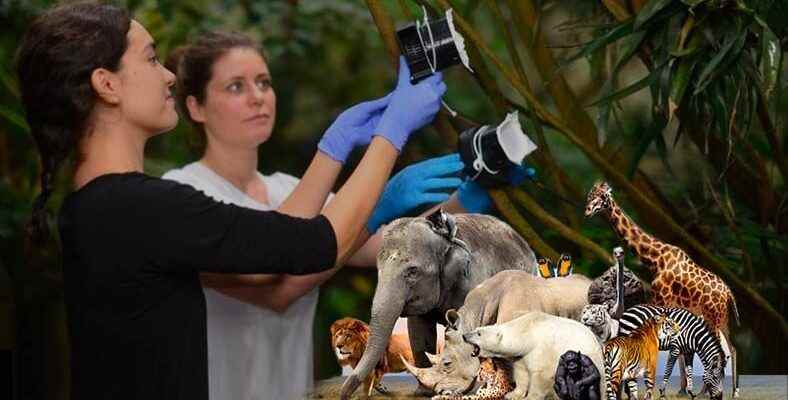A group of scientists has found a way to identify the animal species that exist in any region and have passed through that region before.
A group of scientists in America has started a new study to protect endangered animal species. Researchers have developed a new method for understanding the characteristics and habitats of species. Two scientific papers in which the team describes their method of obtaining data from airborne DNA of animals were published in the journal Current Biology.
The method of obtaining information about animals was quite interesting. With the help of a tool developed to vacuum the air, the researchers gathered information about the animal species living in the area. Elizabeth Clare, a molecular ecologist at York University in Canada and co-author of the study, used the method. “Literally We’re sucking DNA from the sky.” explained as.
Air vacuuming method gave information about animal species
Environmental DNA or “eDNA” is emitted from the dead skin cells or feces of organisms. Examination of these data gives information about the living species in the region. Scientists use the environment to gather information about the diversity of land-dwelling animal species. Leveraging eDNA data designed a vehicle.
Thanks to the vehicle, traces of animals in the environment were detected. Today, eDNA data is already used to monitor the biodiversity of animals, from fish to microorganisms, living in water or soil. A team of biologists and ecologists has developed eDNA to monitor land animals such as birds and mammals. to be used in the air discovered this new method.
RELATED NEWS
Scientist Searching for a Way to Live 150 Years Explained: My Death Could Be From The Climate Crisis
In some cases, especially when examining endangered animal species, it may not be appropriate to observe them in order not to harm them. However, with this eDNA system, it is possible to find traces of the animal even if it is not physically in that area. The method the researchers used worked pretty well, with their work at the zoo. 25 in the UK, 49 in Denmark different animal species DNA was available.
Source :
https://www.npr.org/2022/01/09/1071238185/vacuuming-airborne-zoo-animal-dna
